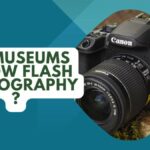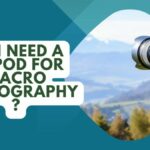
So, you’ve probably heard the buzz about flash photography potentially wreaking havoc on artworks, right?
It’s a topic that sparks quite a debate among the art aficionados. Like, could a tiny flash of light seriously mess with a da Vinci or a Van Gogh?
Well, we’re about to dive deep into this mystery, dissecting the science of flash exposure and its supposed harmful effects on art.
We’ll sift through different viewpoints, museum rules, and even share some nifty tricks to keep artworks safe.
So, ready your camera and let’s shed some light on this controversy, shall we?
Is Flash Photography Harmful to Artwork?
Flash photography can indeed harm paintings, especially ones that are quite old. The harsh light can cause the color of the artwork to fade over time, which is why many museums and art galleries put a ban on flash photography. If you need to photograph artwork, try using natural lighting or a controlled lighting set-up and ditch the flash altogether.
When we’re talking about the effects of flash photography on artwork, it’s all about the UV light your camera might kick out. Over time, this could mess with the colors and surface of a painting. It’s a slow burn, but trust me, the damage can pile up.
Now, we’ve got a bit of a debate on our hands here. Some folks reckon the impact is so tiny it’s not worth banning flash photography in art galleries. But there are others who think the risks are too high to ignore and we should play it safe. These different takes come from people reading the data in different ways or bringing their own biases into the mix.
But at the end of the day, it’s on you to sift through these viewpoints, get your head around the potential fallout, and make smart choices about using flash when you’re snapping pics of artwork.
The Science Behind Flash Photography and Art Damage
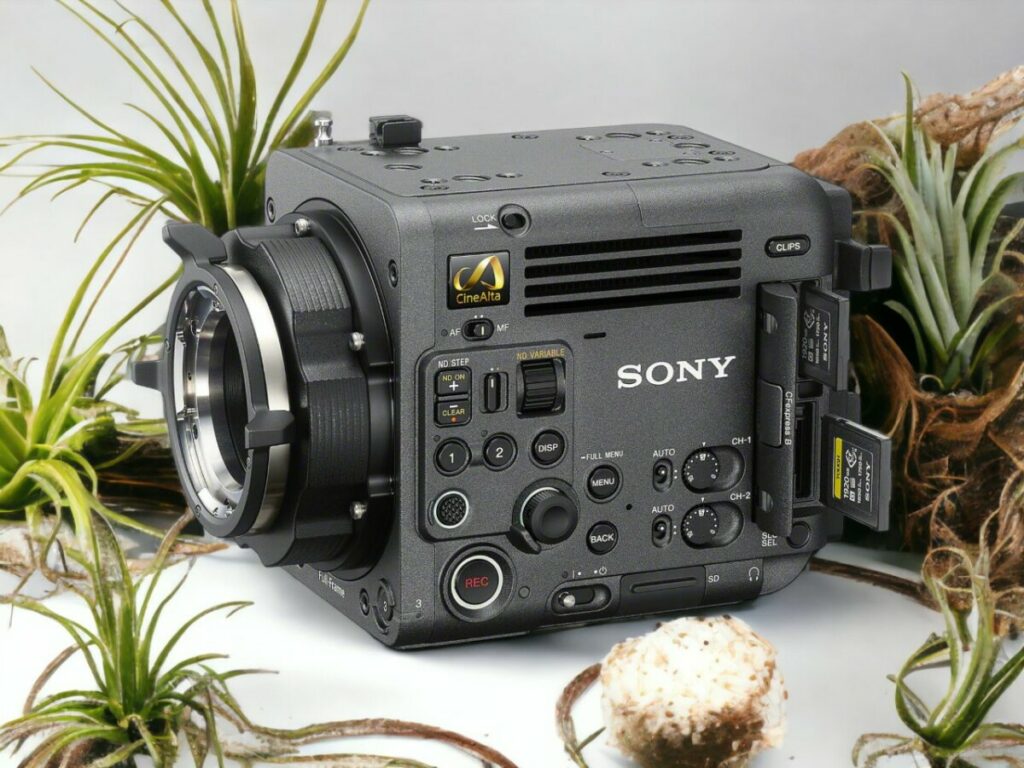
Ever wondered what’s the real deal with flash photography messing up artworks? Well, the main villains in this story are UV light and infrared radiation that get fired up during a flash. Over time, these guys can pretty much suck the life out of the colors and materials in the paintings.
Here’s the lowdown:
- UV light: This bad boy is notorious for making colors fade, especially in vintage art pieces. It’s one of the main headaches when it comes to keeping art in tip-top shape.
- Infrared radiation: This one’s a bit of a backstabber. It can cause heating effects and might be the reason behind those cracks or other types of damage in artworks.
- Intensity of flash: Imagine being under a harsh spotlight all the time. It’s the same with art. Too much exposure to intense light can speed up the aging process.
- Photography lighting techniques: Now, this is where the game changes. If you know how to handle and diffuse the flash properly, you can dodge some of these negative impacts.
You gotta keep in mind, it’s the constant exposure over time that does the real damage. So, the next time you’re in a museum, remember – your camera flash is like kryptonite to those precious artworks.
A Look at Museum Policies on Flash Photography
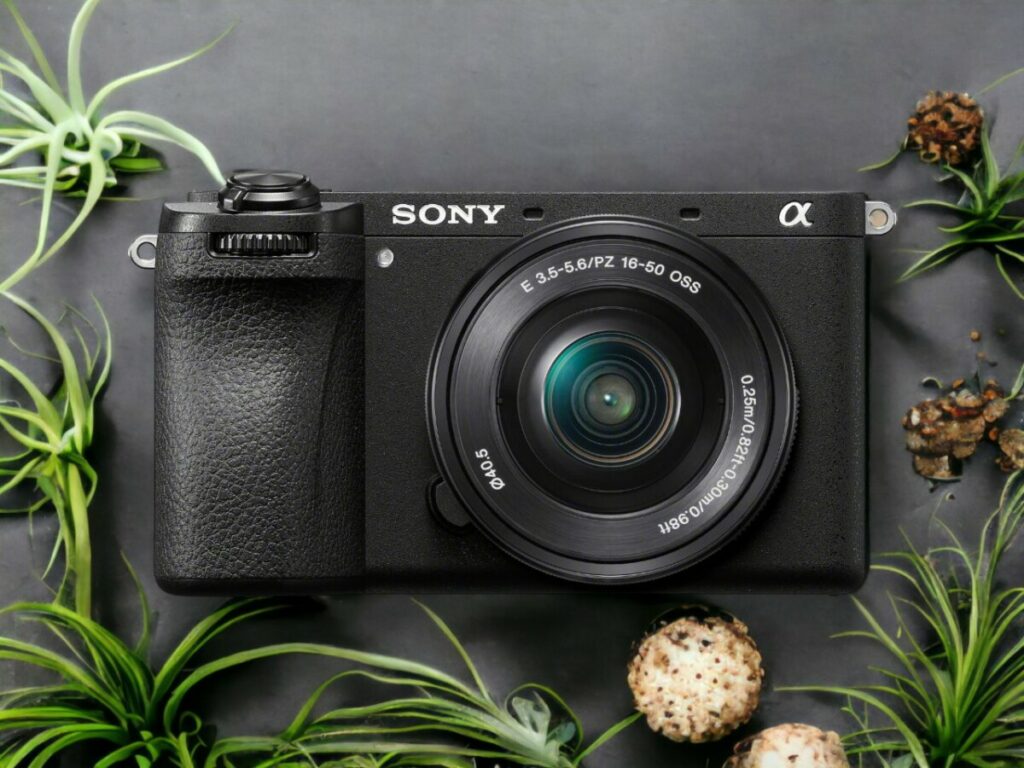
When you dive into the world of museum rules about snapping pics using flash, you’ll see it’s not all black and white. There’s a whole spectrum of policies out there. Some places are strictly no-flash-photography zones, while others are a bit more chill and let you use flash under specific circumstances.
Sure, there are upsides to using flash in museums. It gives photographers a bit more control over the lighting, and can make the pictures look super crisp. But it’s not all sunshine and rainbows. Using flash photography isn’t risk-free. In fact, it can cause some serious damage to the art pieces over time, not to mention it can be a real buzzkill for other visitors.
Because of these downsides, a lot of museums are hunting for other ways to let people capture the art without harming it. They’re looking at options like making the most of natural light or encouraging the use of pro-grade cameras with high ISO settings. Yeah, these methods may have their own quirks, but they’re all about finding that sweet spot between getting a great shot and keeping the art safe.
Techniques to Minimize Potential Harm From Flash Photography

When you’re out there snapping away at art pieces, there are some smart moves you can make to protect them from the potential downsides of flash photography. Along with some solid art conservation methods, these tips can help keep your subjects safe and sound.
- Try out some flash alternatives. Who needs a flash when you’ve got natural light, continuous light sources, or even reflectors at your disposal? Not you, that’s for sure.
- Think about slapping on a filter. UV filters are a great way to cut down on those nasty ultraviolet rays that flashes can spit out.
- Get creative and bounce your flash. Straight-up flash can be a bit intense, but if you bounce it off something, you’ll get a softer and diffused light that’s a lot friendlier.
- Don’t go overboard with the flash. If you can get away without it, then leave that button alone.
Ongoing Debates and Research on Flash Photography’s Effect on Art
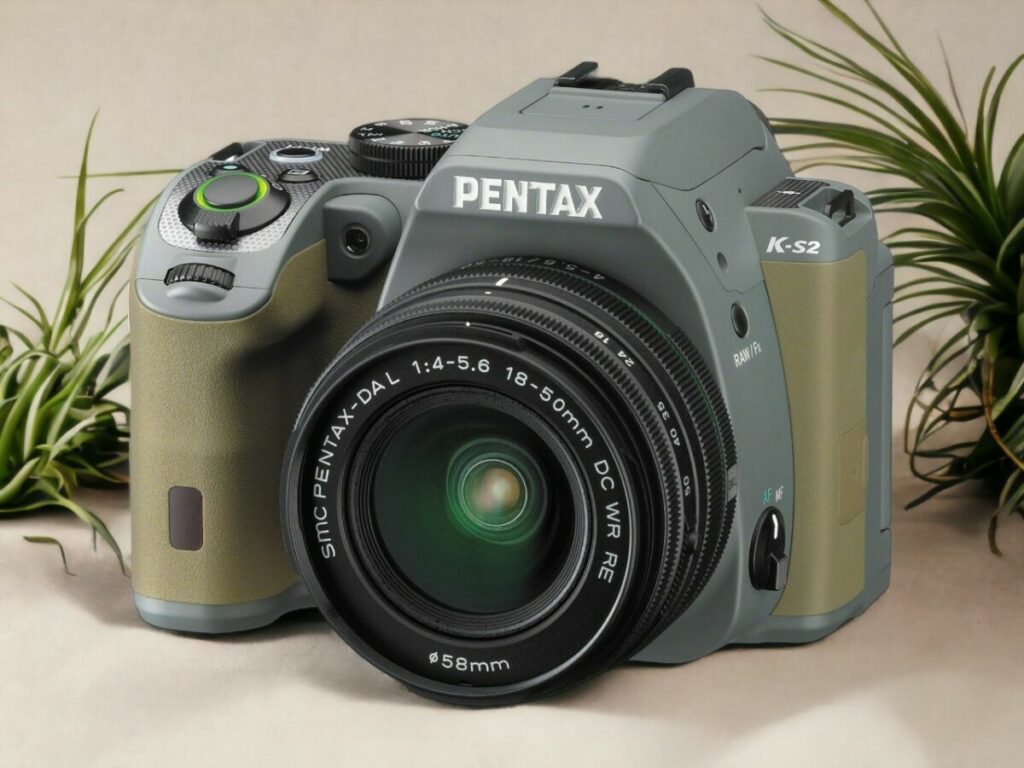
Dive into the art and photography scene and you’ll bump into a high-key buzz about flash photography’s effect on artwork. It’s a hot topic, super intriguing and, man, it can get heated.
There are all sorts of debates around whether flash can harm art. Some pros are convinced that the UV light from flash can slowly wreck an artwork, while others shrug it off, arguing that an occasional flash doesn’t really do much.
Research on this issue is always on the go. Museums and galleries are constantly wrestling with whether to give a green light to flash photography or slam the door on it. The ultimate aim is to strike the perfect balance – catering to the needs of the snappers while ensuring that the art doesn’t get the short end of the stick.
It’s a tricky situation – just as complex as the debate itself.
Let’s Wrap it Up: The Impact of Flash Photography on Paintings and More!
So, we’ve been discussing whether or not flash photography truly harms paintings. However, there’s so much more to the universe of photography! Photography, man, isn’t just about clicking pictures, it actually involves a lot of intricacies you might not have pondered.
For instance, have you ever thought about using flash photography with newborns? Yeah, that’s a tricky one. It’s like walking on a tightrope of preserving precious moments while ensuring that our little bundles of joy aren’t harmed by the flash. Sounds interesting, right? You should absolutely check this out!
But wait, there’s more. If you’re looking to take your photography game to the next level, then you gotta have the right setup. Otherwise, you’re just shooting in the dark, mate! A critical element to consider is the size of your photography studio. Yes! The size makes a hell of a difference. But how big does it really need to be? Check out this breakdown – it’s legit.
And for the folks who are thinking about making photography their actual day job, have a look at this piece about how much photography assistants make. Sometimes, you gotta start somewhere to get to the top. And who knows? That “somewhere” might just be assisting a professional photographer. It’s not just about the dollar bills, though – think about the experience you’ll gain! So, go give it a read.
So there you have it, guys! Not only did we address the impact of flash photography on paintings, but we also broadened our horizon to include other neat aspects of photography. C’mon, life’s all about learning, right? So go out there and explore these awesome links. Got a question or two? Just click and find the answer! Peace out!
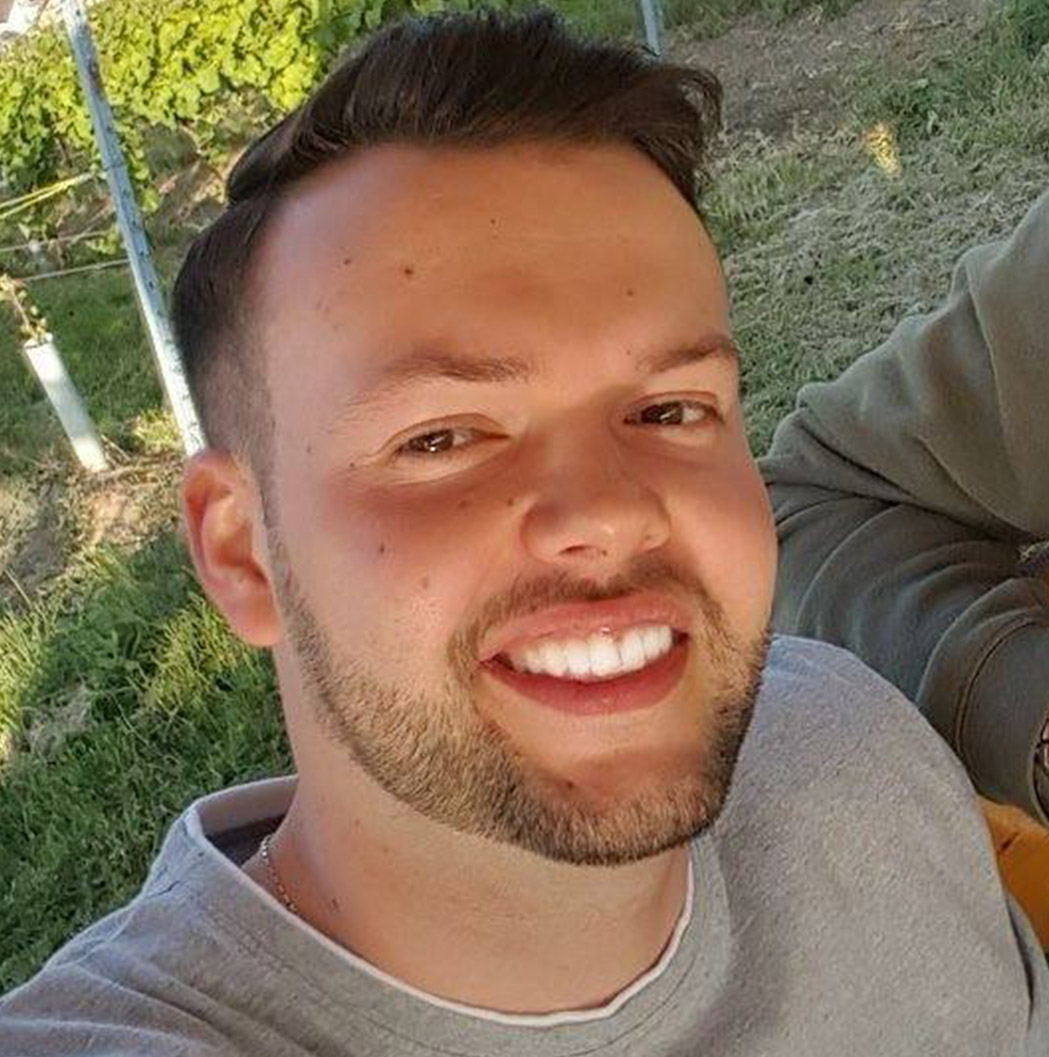
Photographer & Writer
I specialize in landscape, street and portrait photography and I have been featured in various galleries and publications. I believe that photography is a way to tell stories!
